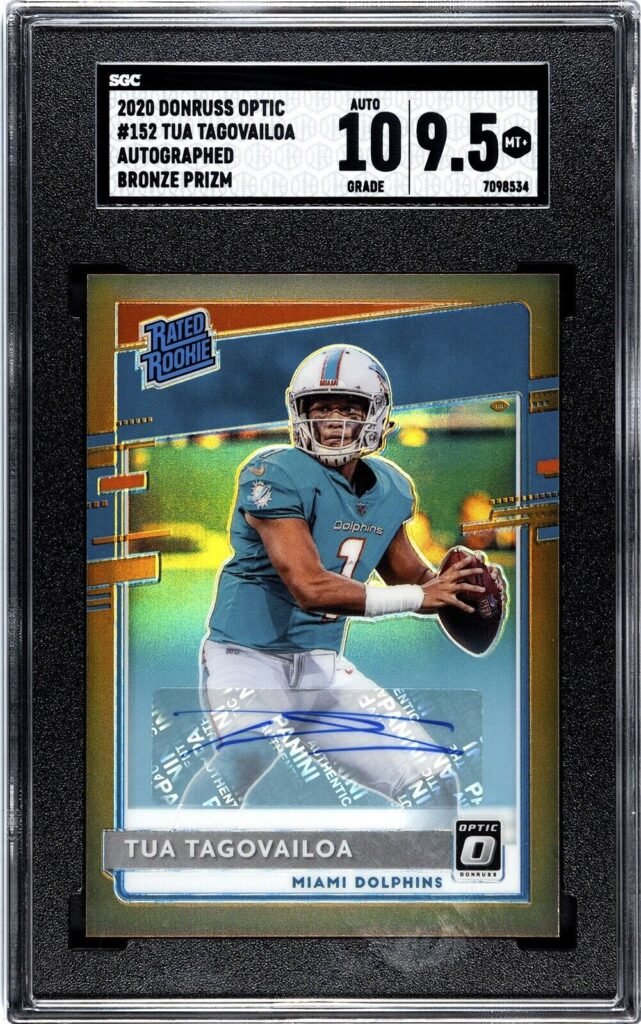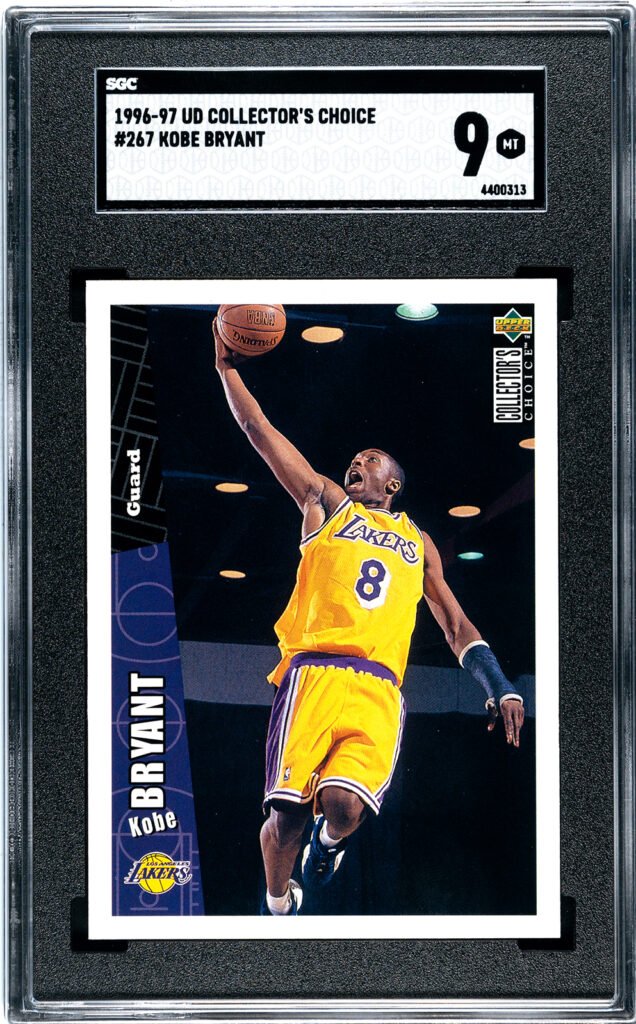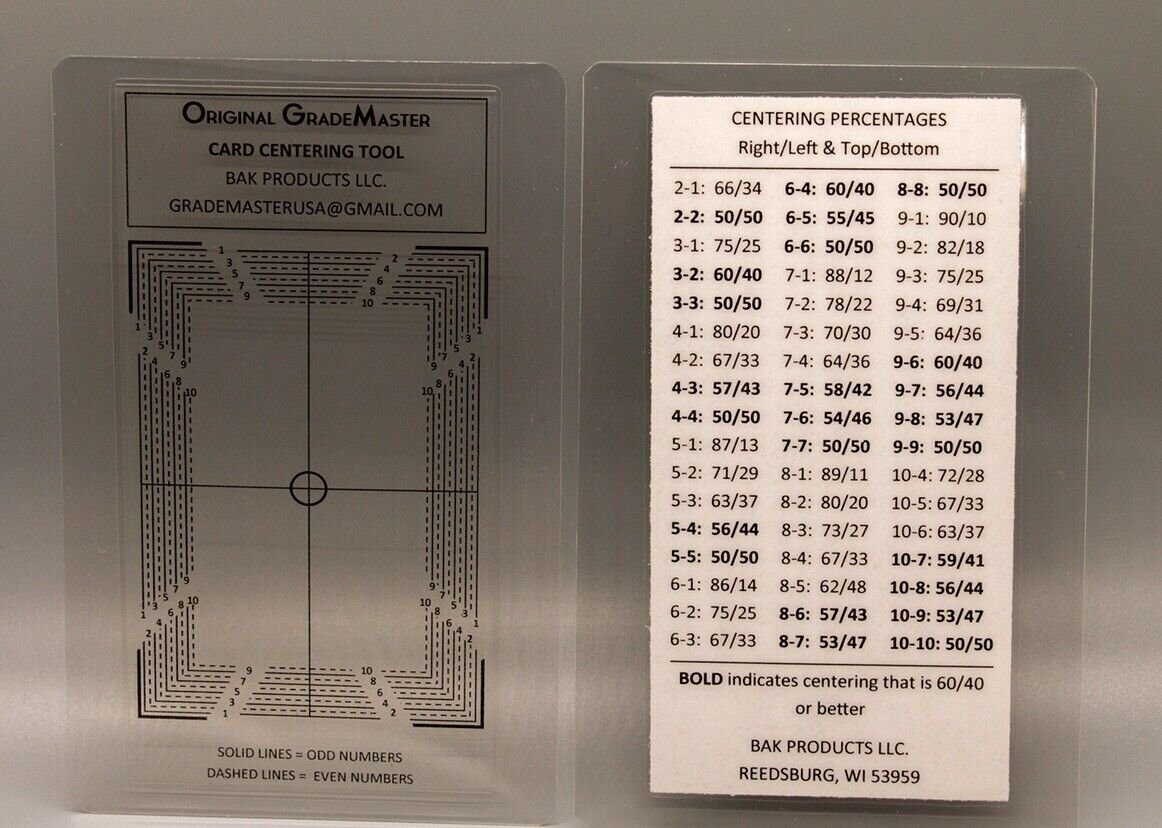In the world of collecting trading cards, understanding the importance of card grading is essential. Whether you’re a seasoned collector or just starting your card collection journey, knowing how to assess the condition and value of your cards is key. Card grading provides a standardized system to evaluate the quality and authenticity of cards, helping collectors make informed decisions and ensuring fair transactions in the marketplace. By familiarizing yourself with card grading, you can confidently navigate the world of trading cards and maximize the enjoyment and value of your collection.
Understanding the Importance of Card Grading
What is Card Grading?
Card grading is the process of evaluating and assigning a numerical grade or condition rating to a trading card or collectible card. It involves a thorough examination of various aspects of the card, such as centering, surface quality, edges, corners, print quality, and overall presentation. This grading system provides collectors and enthusiasts with an objective and standardized assessment of the card’s condition and authenticity.
The Evolution of Card Grading
In the early stages of collecting, the concept of grading cards did not exist. Collectors relied solely on visual inspection and personal judgment to determine the value and quality of their cards. However, as the hobby grew in popularity and the market for rare and valuable cards expanded, the need for a consistent and reliable grading system became evident.
The first significant development in card grading came with the emergence of professional graders who introduced a standardized approach to evaluating and assigning grades to cards. This marked the beginning of the professionalization of card grading, as collectors recognized the importance of having a reputable authority assess the condition and value of their cards.
Benefits of Card Grading


Card grading offers a multitude of benefits to collectors and enthusiasts, making it an essential aspect of the hobby. These benefits include:
- Preservation of Card Condition: When cards are encapsulated and assigned a grade, they are protected from external elements and potential damage. The grading process helps preserve the card’s condition, ensuring that it remains in optimal shape over time.
- Determination of Card Value: Grading companies evaluate numerous factors when assigning a grade to a card, including its rarity, condition, and demand. These factors greatly impact the card’s value in the market. Collectors can use the assigned grade as a benchmark to determine the card’s worth and make informed buying and selling decisions.
- Authentication of Card: With the increasing prevalence of counterfeit cards in the market, card grading provides a vital layer of protection against fraudulent activities. Grading companies employ experts and utilize advanced technologies to authenticate the cards, adding a level of trust and confidence for collectors.
- Protection Against Counterfeit: The process of encapsulating cards in tamper-proof holders not only safeguards their condition but also helps prevent counterfeit cards from entering circulation. Tamper-evident holders serve as a barrier against tampering, providing collectors with peace of mind and protecting the integrity of the hobby.
Definition of Card Grading
Card grading can be defined as the systematic evaluation and assessment of a trading card based on predetermined criteria. Professional graders carefully examine various attributes of the card, assign it a condition grade, and encapsulate it in a protective holder. This process ensures consistency in assessing the quality and authenticity of collectible cards.
Purpose of Card Grading
The primary purpose of card grading is to provide collectors and enthusiasts with an objective and standardized assessment of a card’s condition, authenticity, and value. By utilizing a grading system, collectors can make informed decisions when buying, selling, and trading cards, as they have a reliable benchmark to assess the quality and worth of their collectibles.
Factors Considered in Card Grading
Highly trained and experienced professional graders analyze several key factors when assigning a grade to a card. These factors include:
- Centering: The position of the card’s image and text in relation to its borders is crucial. Cards with perfectly centered images are highly desirable and receive higher grades.
- Surface Quality: The condition of the card’s surface, including the absence of scratches, stains, or other imperfections, is assessed. A clean and pristine surface contributes to a higher grade.
- Edges: The sharpness and integrity of the card’s edges are evaluated. Rounded or chipped edges can lower the grade, while smooth and well-defined edges enhance the card’s appeal.
- Corners: The condition of the card’s corners is a critical factor. Rounded or frayed corners indicate wear and can result in a lower grade.
- Print Quality: The clarity and precision of the card’s print, including text, images, and colors, are examined. Cards with vibrant and well-defined print receive higher grades.
- Overall Presentation: A card’s overall aesthetic appeal and condition, taking into consideration all the aforementioned factors, contribute to its overall grade. The card’s overall presentation should be pleasing and reflect its original state as closely as possible.
The Evolution of Card Grading
The concept of card grading has come a long way since its inception. In the early stages of collecting, grading did not exist, and collectors relied solely on personal judgments to determine the condition and value of their cards. However, as the hobby grew, collectors recognized the need for a standardized grading system.
Professional Sports Authenticator (PSA) played a pivotal role in the development and popularization of card grading. PSA introduced a grading system that utilized a numerical scale and encapsulated graded cards in protective holders, ensuring their preservation and authenticity. The introduction of PSA’s grading standards revolutionized the card-collecting hobby and set a new standard for card grading.
Early Stages of Card Grading
The origin of card grading can be traced back to the emergence of professional graders who recognized the need for a consistent and reliable method of assessing card conditions. These early graders examined various factors such as centering, surface quality, edges, corners, and print quality to assign a numerical grade to each card. This approach marked the beginning of a more systematic and objective way of evaluating collectible cards.
As collectors became more aware of the benefits of card grading, the adoption of this grading system gained momentum. Collectors saw the value in having their cards authenticated and graded by professionals, as it provided them with a fair and standardized assessment of their collectibles’ condition and value.
Role of PSA in Card Grading

Professional Sports Authenticator (PSA), founded in 1991, played a significant role in shaping the landscape of card grading. PSA introduced a grading system based on a 10-point scale, with 10 being the highest score, and encapsulated graded cards in tamper-evident holders. This revolutionary approach to card grading brought a level of trust and credibility to the hobby.
PSA’s introduction of grading standards created a universal language for collectors, enabling them to communicate the quality and rarity of their cards accurately. The popularity of PSA-graded cards skyrocketed, establishing them as the gold standard in the industry. PSA’s impact on the card-collecting hobby cannot be overstated, as their grading system has become the benchmark for collectors, investors, and sellers alike.
Introduction of Third-Party Grading


With the growing demand for card grading services, numerous third-party grading companies emerged in the market. These companies, such as Beckett Grading Services (BGS) and Sportscard Guaranty (SGC), expanded the options available to collectors and collectors, providing additional choices and competition in the grading industry.
The growth of third-party grading companies brought increased transparency and trust to the hobby. Collectors now had the option to have their cards graded and authenticated by multiple reputable companies, ensuring an unbiased and objective evaluation of their collectibles. This expansion of options also contributed to the development of a more diversified and competitive collectibles market.
Protection against Subjectivity
One of the primary advantages of card grading is its ability to minimize subjectivity in assessing a card’s value. Prior to the introduction of grading standards, the value of a card often varied widely based on individual opinions and preferences. Card grading eliminates biased pricing by providing a standardized and objective evaluation of a card’s condition, ensuring that collectors receive a fair and accurate assessment of their cards’ quality and worth.
Professional evaluation and consistency are key aspects of card grading. By employing highly trained and experienced graders who adhere to specific guidelines and criteria, grading companies ensure the consistency and reliability of their evaluations. This professional approach helps collectors avoid disputes and misunderstandings and instills confidence in the marketplace.
In conclusion, understanding the importance of card grading is crucial for collectors and enthusiasts in the trading card hobby. Grading provides an objective and standardized assessment of a card’s condition, authenticity, and value, offering numerous benefits such as preservation, determination of value, authentication, and protection against counterfeit. The evolution of card grading, from its early stages to the introduction of third-party grading companies, has brought transparency, trust, and expanded options to the hobby. By eliminating subjectivity and providing professional evaluation and consistency, card grading ensures a fair and reliable marketplace for collectors and investors alike.

Hi there! I’m Felix Gonzalez and I am the owner of Card Collecting Insider, and I’m thrilled to welcome you to my site! With our tagline “Uncover the Art of Collecting, One Card at a Time,” I’m here to provide you with expert insights, valuable resources, and the latest trends in the world of card collecting. Whether you’re a seasoned collector or just starting out, I’m dedicated to helping you discover hidden gems and sharing insider tips to elevate your collection. So join me on this exciting journey, as I dive deep into the captivating realm of card collecting. Let’s unlock the true beauty of these collectible treasures together!

